Executive viewpoint: Advancing offshore crane safety through collaboration
MICHAEL LAIRD, TECHNICAL AUTHORITY FOR CRANES AND LIFTING, ENERMECH
The current landscape
As the industry advances, safety protocols in offshore lifting operations are being rigorously enhanced. The sector is increasingly focusing on continuous improvement with technical standards, such as “BS 7171-2-11 for Code of Practice for the safe use of cranes – Inspection, Maintenance and thorough examination – Offshore Cranes,” being drafted in collaboration with The Lifting Equipment Engineers Association (LEEA)1. This standard will address a gap within the current BS 7121-2 series for offshore cranes, providing critical guidance on ensuring the safety of lifting equipment in a sector characterized by extreme conditions. The influence of industry experts coming together has been pivotal in shaping these respected industry standards and practices.
It's also why EnerMech has embraced additional protocols such as the Technical Query (TQ) process, a formalized approach implemented to assess deviations from standard crane operation and maintenance. This systematic process helps to manage complex lifting equipment, ensuring that any deviation from standard procedures is carefully reviewed and formally approved before work commences. This rigorous method ensures that all actions are scrutinized, significantly reducing the risk of unsafe operations.
The successful implementation of our TQ system has become a cornerstone of our global risk management strategy, demonstrating to stakeholders that hazards have been identified and that a comprehensive technical review has taken place. This process has been widely adopted across the sector as part of customers’ operational protocols.
This commitment to consistently reviewing and enhancing safety practices is also reflected in the adoption of real-time data tracking and machine learning. New systems are providing greater transparency into crane performance, enabling operators to track and monitor equipment health in real-time. These technological advancements are reducing human error by allowing predictive maintenance, which helps prevent costly downtime and safety incidents. Machine learning models analyze large volumes of operational data to detect patterns that signal potential issues before they become critical failures, a move that is gaining traction amongst major operators in Europe and North America.
Market forces and sustainability challenges
The offshore crane market is also experiencing shifts in demand, largely driven by the global push for cleaner energy solutions. Offshore wind farms, for example, have seen a tremendous increase in development globally. The global offshore wind industry alone is projected to grow at a compound annual growth rate (CAGR) of 18.6% from 2024 to 20302.
This uptick in offshore energy projects is placing increased pressure on crane operations, particularly those involved in heavy-lifting tasks such as the installation and maintenance of wind turbines.
However, while the demand for energy infrastructure projects increases, so too do the costs of these operations. The cost of acquiring and maintaining advanced offshore cranes remains high, particularly with the increasing sophistication of equipment required to handle wind turbine installation and maintenance in deeper waters and harsher environmental conditions. Developers are looking for ways to balance these increasing costs with the need for innovation, which is why many are turning to integrated service business models and multi-skilled project teams to streamline operations and reduce expenses.
Additionally, the offshore crane sector faces rising regulatory challenges. Stricter environmental standards, particularly concerning emissions and energy consumption are compelling operators to seek out cleaner and more sustainable solutions. This includes the development of fully electric cranes and remote operation technology. Innovations such as hybrid systems or the incorporation of hydrogen fuel cells into offshore crane systems may become more prevalent as part of the industry’s push to meet carbon reduction targets. These technologies are not only helping to minimize the environmental impact of offshore operations but also aligning with global regulatory trends towards decarbonization.
EnerMech has developed a digitized inspection system to streamline asset inspection and maintenance routines by replacing the outdated, paper-based methods still common in the sector. This innovative approach leverages visualization, data automation, artificial intelligence (AI), computational photography and 360° walk-through views to create virtual tours of our customers’ assets. It enables precise identification and prioritization of maintenance needs and is a key component in improving safety through enhanced hazard identification and reducing downtime, allowing operators to resolve potential issues before they escalate into operational failures.
The implementation of robotics and automation in offshore lifting operations is also enhancing operational safety and improving efficiency, while enabling the industry to tackle tasks that were previously too dangerous or complex for human crews. Advances in autonomous and remote operation cranes are therefore transforming the industry. These assets, which operate with minimal human intervention, can execute precise movements in hazardous environments, further reducing the risk to workers.
A collaborative approach for the future
As the offshore crane market evolves, partnerships between industry players — such as crane manufacturers, service providers and regulatory bodies — will be essential to ensuring safety, efficiency and sustainability. Enhanced industry standards like BS 7171-2-11 will continue to play a pivotal role in this collaboration, providing a unified framework that ensures best practices are followed across the sector.
Moreover, the importance of knowledge sharing cannot be overstated. Industry forums, such as the Offshore Mechanical Handling Equipment Committee (OMHEC), International Offshore Crane & Lifting Conference (IOCLC), Step Change in Safety (SCiS) and The Lifting Equipment Engineers Association (LEEA) are crucial in facilitating the exchange of ideas, promoting safety improvements and setting new benchmarks for the industry. By working together, stakeholders can overcome the challenges posed by an increasingly complex operating environment, ensuring that offshore crane operations are as safe, efficient and sustainable as possible.
The offshore crane industry is at the forefront of a technological and safety-driven revolution. How operators integrate innovative technologies and maintain a steadfast focus on safety and sustainability will shape its success in the years ahead.
About the author
Michael Laird, EnerMech's Technical Authority for Cranes and Lifting, has 30 years’ offshore experience. A safety advocate, he helped draft BS 7171-2-11 with LEEA for the inspection, maintenance, and thorough examination of offshore cranes.
References:
- BSi Standard Development: “BS 7121-2-11:202X Code of Practice for the safe use of cranes – Inspection, Maintenance and thorough examination – Offshore Cranes” https://standardsdevelopment.bsigroup.com/projects/9024-11073#/section
- GWEC Global Offshore Wind Report 2024: https://gwec.net/wp-content/uploads/2024/04/GWR-2024_digital-version_final-1.pdf
Related Articles
- What's new in exploration: Gulf of what? Mar del Norte ~1519? Gulf of North America? (March 2025)
- Decarbonizing Scope 3 emissions: The responsible approach to energy travel (February 2025)
- Advancing MPD operations with integrated riser joint technology (January 2025)
- Offshore Technology: Safer by technology (January 2025)
- Digitalizing training management and delivery (December 2024)
- What's new in production: Banking crisis (October 2024)



